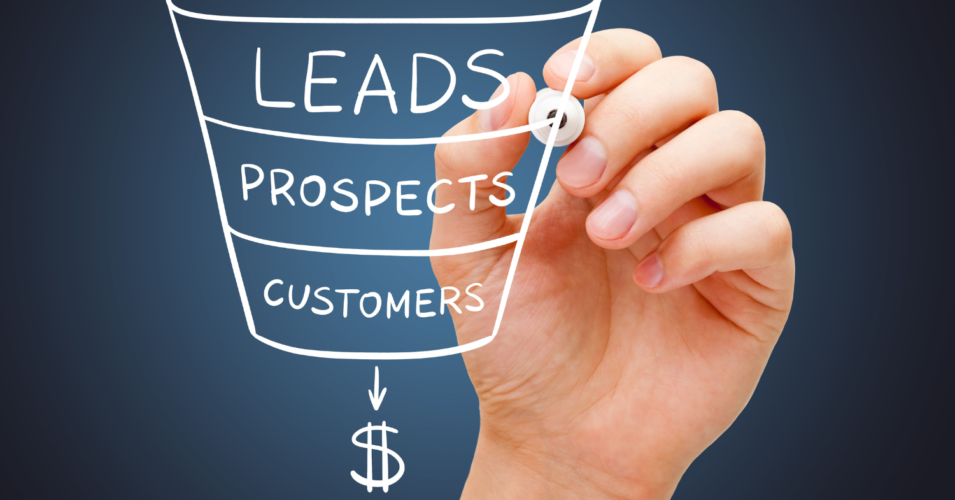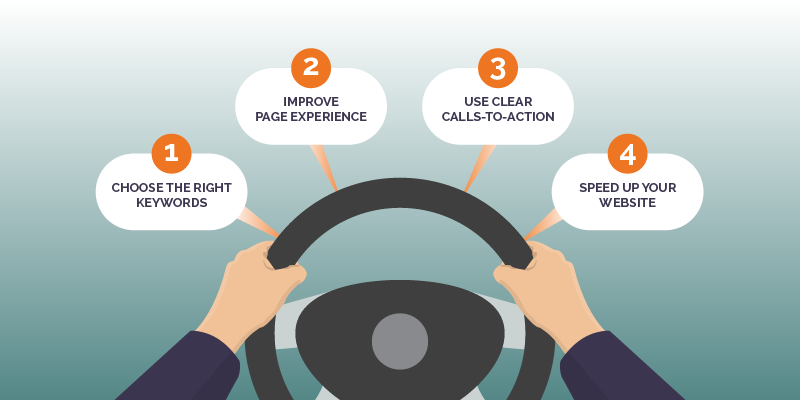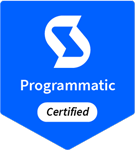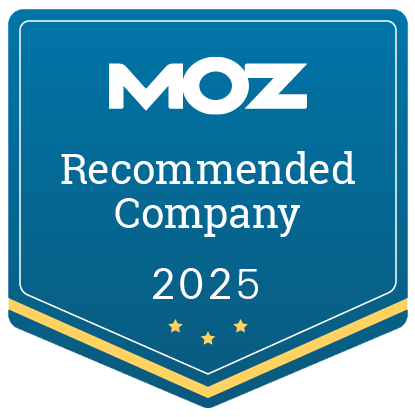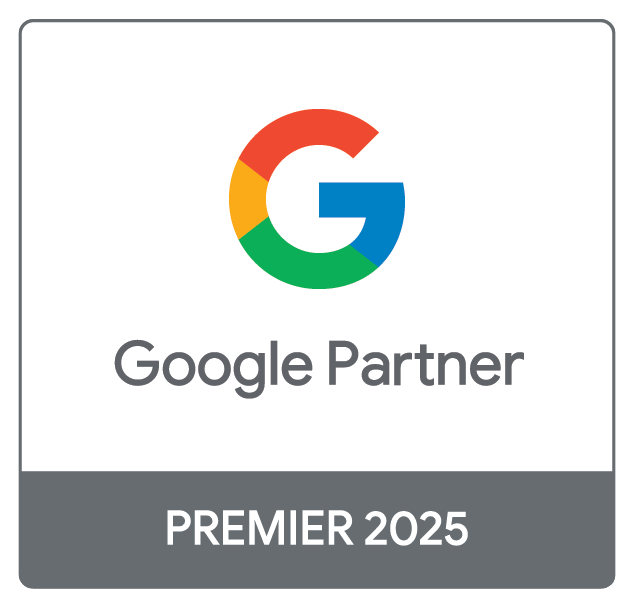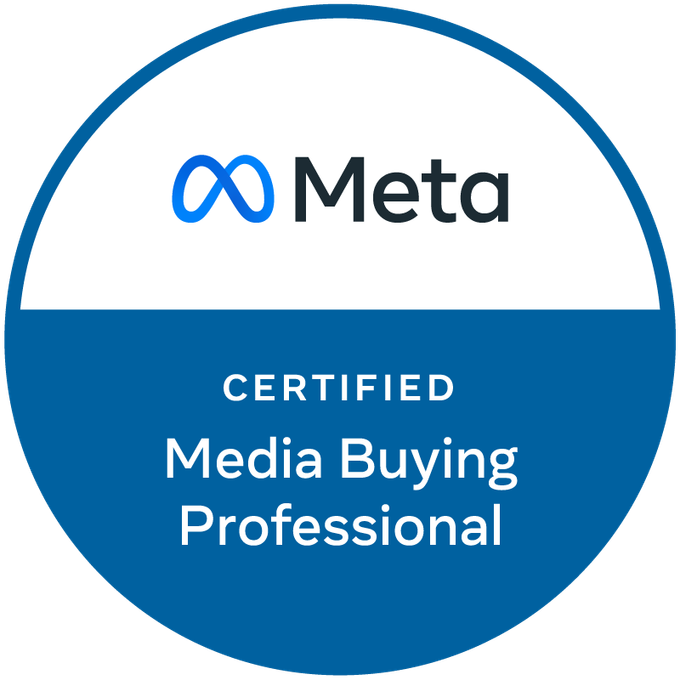We’ve talked a bit about the marketing funnel and how consumers move from the awareness to consideration stages quite a bit. But, when you’re doing conversion funnel marketing, the decision stage is the most important. Those bottom-of-funnel keywords can wholly determine the success or failure of your conversion funnel digital marketing strategies.
With this in mind, we wanted to take some time to recap the stages of the search engine optimization (SEO) funnel and help you understand how your digital marketing funnel is shaped by the words you use and the content you put into the universe.
Not quite at this stage of the funnel yet? Review our other blogs on the awareness and evaluation phases here:
What is the Conversion Stage?
The conversion stage is the final part of the marketing funnel, where potential customers take action — like making a purchase, signing up for a free trial, or contacting a business. At this point, users have already done their research, compared options, and are ready to move forward.
Unlike earlier stages, the focus here isn't just on building awareness or generating interest, it’s about getting people to act. Your SEO strategy should be designed to remove any obstacles and make it easy for users to take that next step.
According to Rock Content, an SEO strategy aimed at conversions should focus on two main goals: minimizing friction and improving user experience. That means making sure your site is clear, easy to use, and gives visitors a good first impression of your brand.
How the Conversion Stage Differs from Other Parts of the Funnel
What is Top-of-Funnel (TOF) SEO?
At the top of the marketing funnel, users are in the awareness stage. In this phase of the buyer journey, they’re actively looking for educational content to understand a problem or look up potential solutions. SEO strategies here focus on broad, informational keywords and content that builds trust.
What is Bottom-of-Funnel (BOF) SEO?
The bottom of the funnel, or the conversion stage, is where users have moved from research to decision-making. They’re searching for specific solutions, reading reviews, and looking for positive feedback before committing.
| Factor | Top-of-Funnel (Awareness) | Bottom-of-Funnel (Conversion) |
| Goal | Educate & inform | Get users to take action |
| Content Type | Blog posts, guides, videos | Free trials, testimonials, CTAs |
| Keyword Focus | Broad, informational | Transactional, action-oriented |
| User Intent | Research & discovery | Decision-making & action |
If you’re ready to shift the focus to driving conversions, you’ll need to move away from broad, educational topics and move toward a persuasive, action-driven message.
Types of Content That Drive Conversions
To boost SEO conversions, you need the right type of content that encourages action.
1. Free Trials & Demos
Offering free trials or product demos allows potential customers to experience your product before fully committing. Pages optimized for "Free Trial" or "Get a Demo" keywords can attract visitors who are ready to take action.
2. "Contact Us" Pages
A well-optimized Contact Us page with clear CTAs can move users to the final step in reaching out. Make sure your page is SEO-friendly with terms like “Contact [Your Business Name]” to attract potential leads.
3. Reviews & Testimonials
People want proof before they commit. Having customer testimonials, reviews, case studies, and ratings on key pages builds trust and reassures potential buyers.
4. Product/Service Pages
Your product or service pages should be optimized for transactional keywords, such as:
✔️“Best [Product/Service] for [Industry/Use Case]”
✔️“[Product Name] vs [Competitor]”
✔️ “Buy [Product] Online”
These bottom-of-funnel keywords help capture users who are actively looking to make a purchase.
How to Improve SEO for Conversions
To increase conversions through SEO, follow these key strategies:
1. Choose the Right Keywords
Your SEO conversion strategy needs to target keywords that match high-intent searches. Use SEO tools like Google Keyword Planner, Ahrefs, or SEMrush to find:
✅ Transactional keywords (e.g., “buy,” “Subscribe,” “get started”)
✅ Comparison keywords (e.g., “best vs cheapest,” “alternative to [brand]”)
✅ Branded keywords (e.g., “[Your Product] pricing,” “[Your Service] reviews”)
2. Improve Page Experience
Google prioritizes sites that offer a smooth user experience. Make sure your site has:
✅ Mobile-friendly design
✅ Fast load times
✅ Easy-to-read content
✅ Minimal distractions so users stay focused on taking action
3. Use Clear Calls to Action (CTAs)
Your content should have clear, compelling CTAs such as:
➡ “Get a Free Quote”
➡ “Start Your Free Trial”
➡ “Schedule a Consultation”
Make sure your CTAs stand out visually and are easy to find throughout your site!
4. Speed Up Your Website
Slow-loading pages can cause visitors to leave before they make a purchase. Use Google PageSpeed Insights to analyze your site’s speed and make necessary fixes, such as:
- Compressing images
- Minimizing code
- Using a CDN (Content Delivery Network)
5. Focus on Search Intent
Your pages should directly answer questions, provide clear next steps, and make it easy for users to take their desired action.
Work With an SEO Agency That Specializes in Conversions
SEO for the conversion stage requires a focused strategy. Every detail—from keyword research to page layout—plays a role in turning visitors into loyal customers.
If you want to get the most out of your SEO efforts and drive more conversions, working with a professional SEO agency like Zero Gravity Marketing can make all the difference. Our team knows how to optimize content for conversions and ensure your website attracts high-intent traffic.
The conversion stage is where SEO efforts turn into real business results! By targeting transactional keywords, creating action-driven content, and improving user experience, you can increase conversions and grow your revenue. Need help refining your SEO strategy? Zero Gravity Marketing is here to help!
FAQs
About the Author:

